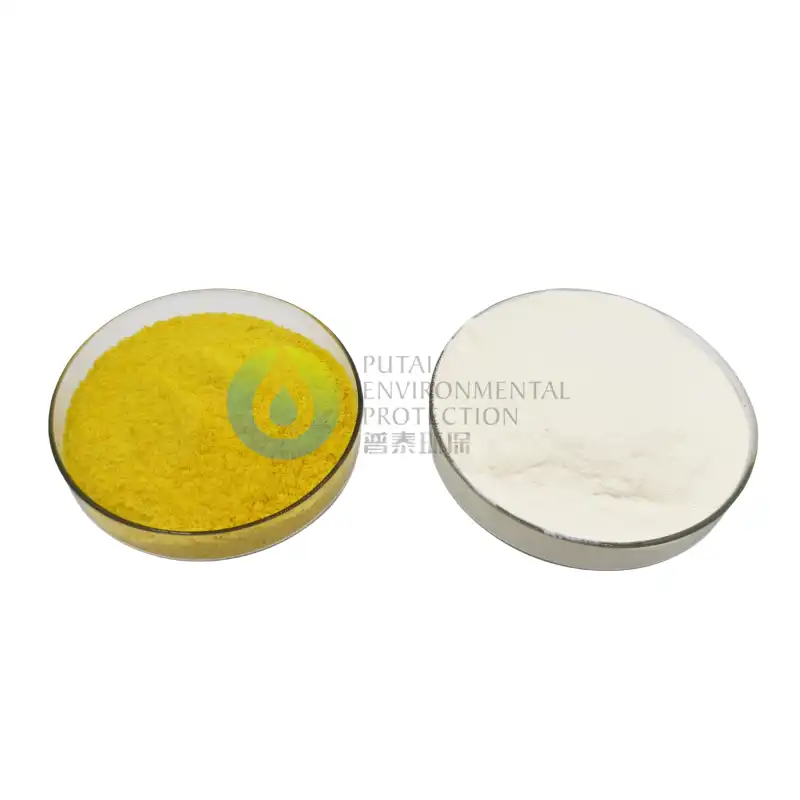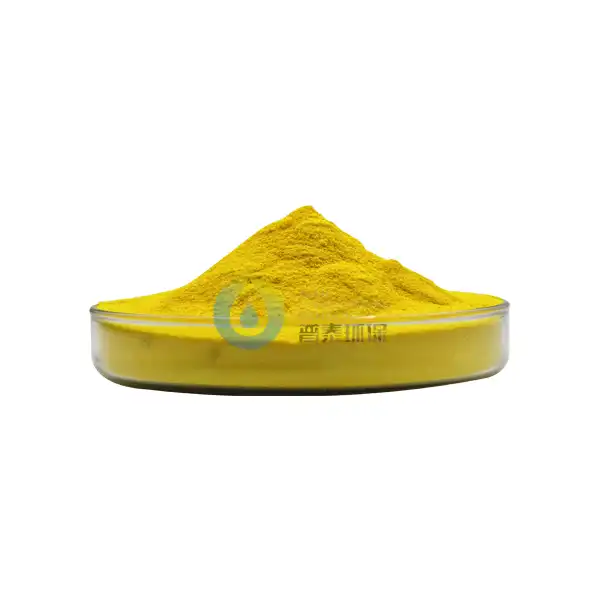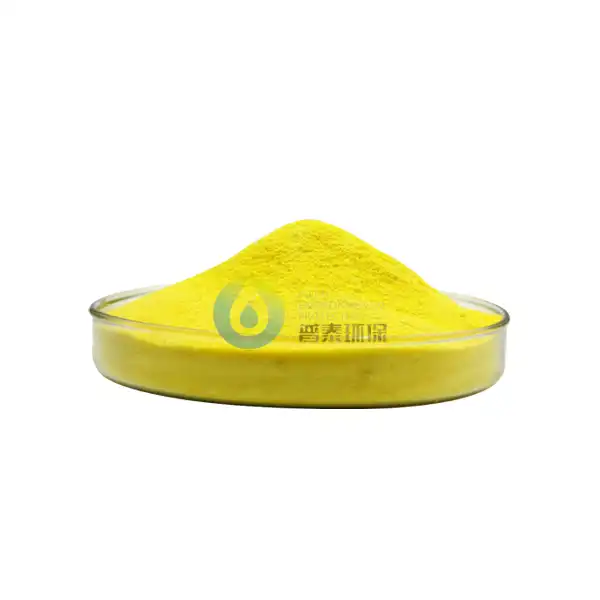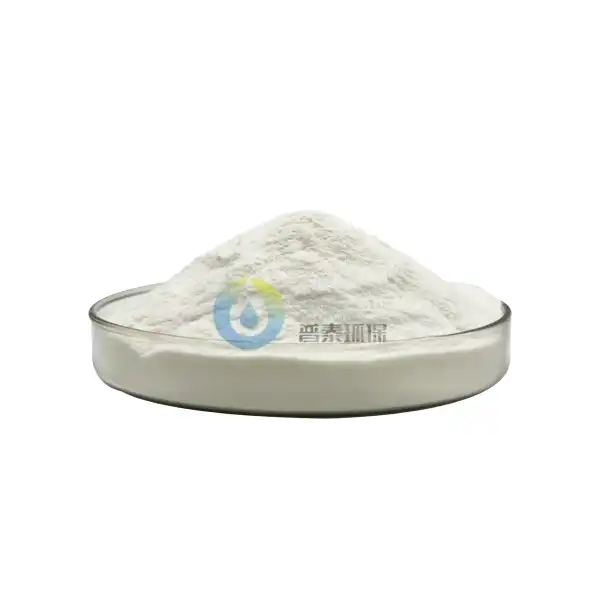How should Nano Silica Powder be stored?
Proper storage of Nano Silica Powder is crucial to maintain its quality, effectiveness, and safety. This advanced material, known for its unique properties and wide range of applications, requires specific storage conditions to prevent degradation and ensure its longevity. In this blog post, we will explore the best practices for storing Nano Silica Powder, addressing key considerations and providing practical tips for both industrial and laboratory settings.
What are the ideal environmental conditions for storing Nano Silica Powder?
Temperature Control
Maintaining the appropriate temperature is essential for the proper storage of Nano Silica Powder. Ideally, the powder should be kept in a cool, dry environment with temperatures ranging between 15°C and 25°C (59°F to 77°F). Extreme temperature fluctuations can lead to moisture absorption or agglomeration of the particles, which may compromise the powder's quality and performance. In industrial settings, it's recommended to use climate-controlled storage areas or dedicated storage rooms equipped with temperature monitoring systems. For smaller quantities in laboratory environments, storing Nano Silica Powder in temperature-controlled cabinets or refrigerators set to the appropriate range can help maintain its stability and prevent degradation over time.
Humidity Control
Controlling humidity is crucial when storing Nano Silica Powder, as it is highly hygroscopic and can easily absorb moisture from the air. The recommended relative humidity for storage should be below 50%, with an ideal range between 30% and 40%. Exposure to high humidity can cause the powder to clump, reducing its flowability and potentially altering its chemical properties. To maintain low humidity levels, consider using desiccants or moisture-absorbing packets within the storage containers. In larger storage areas, industrial dehumidifiers can be employed to regulate the ambient humidity. It's also advisable to minimize the frequency of opening and closing storage containers to reduce exposure to external moisture. Regular monitoring of humidity levels using hygrometers can help ensure that the Nano Silica Powder remains in optimal condition throughout its storage period.
Light Exposure
While Nano Silica Powder is not typically photosensitive, prolonged exposure to direct sunlight or intense artificial light can potentially affect its properties. UV radiation may lead to surface modifications or induce unwanted chemical reactions in some cases. To mitigate this risk, it's best to store Nano Silica Powder in opaque or light-resistant containers. If transparent containers must be used, they should be kept in dark or dimly lit areas. In laboratory settings, storing the powder in cabinets or drawers can provide adequate protection from light exposure. For industrial storage, using light-blocking curtains or tinted windows in the storage area can help minimize the impact of external light sources. By limiting light exposure, you can help preserve the integrity and stability of the Nano Silica Powder over extended periods.
What type of containers are best for storing Nano Silica Powder?
Material Selection
Choosing the right container material is crucial for the safe and effective storage of Nano Silica Powder. The ideal container should be inert and non-reactive to prevent any potential chemical interactions with the powder. High-density polyethylene (HDPE) and polypropylene (PP) containers are excellent choices due to their chemical resistance and durability. These materials are also less likely to generate static electricity, which can be a concern when handling fine powders. For long-term storage or when dealing with large quantities, stainless steel containers can be used, as they offer superior protection against environmental factors and are easy to clean. Glass containers, while suitable for small-scale laboratory storage, should be avoided for industrial applications due to their fragility and potential for breakage. When selecting containers, it's essential to ensure that they are completely dry and free from any contaminants that could affect the purity of the Nano Silica Powder.
Airtight Sealing
Proper sealing of storage containers is paramount when it comes to preserving the quality of Nano Silica Powder. Airtight containers prevent moisture ingress and protect the powder from atmospheric contaminants. Look for containers with robust, tight-fitting lids or closures that create a reliable seal. Containers with gaskets or O-rings can provide an extra layer of protection against air and moisture. For added security, consider using containers with tamper-evident seals, especially in industrial settings where multiple users may access the stored powder. In laboratory environments, screw-cap bottles with PTFE liners offer excellent sealing properties for smaller quantities. It's important to regularly inspect the seals and closures of storage containers to ensure they remain intact and effective over time. Proper sealing not only maintains the powder's quality but also helps prevent accidental spills or dispersion of nanoparticles into the environment.
Size and Capacity
Selecting the appropriate size and capacity of storage containers for Nano Silica Powder is crucial for both efficiency and safety. The container should be large enough to accommodate the required quantity of powder while leaving some headspace to prevent overfilling and facilitate easy handling. However, it's important not to use excessively large containers for small amounts of powder, as this can lead to unnecessary exposure to air and potential contamination each time the container is opened. For industrial applications, consider using intermediate bulk containers (IBCs) or drums with capacities ranging from 20 to 1000 liters, depending on your production needs. In laboratory settings, smaller containers with capacities of 100 ml to 5 liters are typically sufficient. It's also advisable to have a range of container sizes available to accommodate varying quantities and minimize the need for frequent transfers between containers. By choosing the right size and capacity, you can optimize storage space, reduce handling risks, and maintain the integrity of the Nano Silica Powder.
How can safety measures be implemented when handling stored Nano Silica Powder?
Personal Protective Equipment (PPE)
Ensuring proper personal protective equipment (PPE) is essential when handling stored Nano Silica Powder to minimize potential health risks associated with nanoparticle exposure. Workers should wear appropriate respiratory protection, such as N95 or P100 respirators, to prevent inhalation of airborne particles. Safety goggles or face shields should be used to protect the eyes from potential irritation or injury. Impervious gloves made of nitrile or other chemically resistant materials are necessary to prevent skin contact with the powder. Disposable protective coveralls or lab coats should be worn to protect clothing and skin from contamination. It's crucial to train all personnel on the correct use and maintenance of PPE, including proper donning and doffing procedures. Regular inspections and replacements of PPE should be conducted to ensure their effectiveness. By implementing comprehensive PPE protocols, you can significantly reduce the risk of exposure and enhance overall safety when working with stored Nano Silica Powder.
Ventilation and Dust Control
Proper ventilation and dust control measures are critical when handling stored Nano Silica Powder to minimize the risk of airborne particle dispersion. Storage areas should be equipped with adequate ventilation systems, including local exhaust ventilation (LEV) near handling points to capture and remove any airborne particles. HEPA filtration systems should be incorporated into the ventilation setup to effectively trap nanoparticles. In laboratory settings, handling of Nano Silica Powder should be conducted in fume hoods or biological safety cabinets to contain and control dust. For industrial applications, consider implementing dust collection systems and air filtration units throughout the storage and handling areas. Regular maintenance and monitoring of these systems are essential to ensure their continued effectiveness. Additionally, implementing wet cleaning methods or HEPA-filtered vacuum cleaners for routine cleaning can help prevent the resuspension of settled particles. By maintaining robust ventilation and dust control measures, you can create a safer working environment and minimize the potential for exposure to Nano Silica Powder during storage and handling operations.
Spill Response and Cleanup
Developing and implementing a comprehensive spill response and cleanup protocol is crucial for safely managing any accidental releases of stored Nano Silica Powder. The first step in spill response should be to evacuate the immediate area and restrict access to authorized personnel only. Responders should don appropriate PPE before approaching the spill site. For small spills, use of HEPA-filtered vacuum cleaners or wet wiping techniques with microfiber cloths can effectively collect the powder while minimizing airborne dispersion. Larger spills may require the use of specialized nanoparticle cleanup kits or the application of dust suppressant sprays before collection. It's important to avoid dry sweeping or using compressed air for cleanup, as these methods can aerosolize the particles. All cleaning materials and collected powder should be properly contained and disposed of as hazardous waste. After cleanup, the area should be thoroughly decontaminated using appropriate cleaning agents. Regular training sessions on spill response procedures should be conducted for all personnel working with or around stored Nano Silica Powder to ensure quick and effective action in case of an incident.
Conclusion
Proper storage of Nano Silica Powder is essential for maintaining its quality, effectiveness, and safety. By implementing appropriate environmental controls, selecting suitable containers, and adhering to strict safety protocols, organizations can ensure the longevity and integrity of this valuable material. Key considerations include maintaining optimal temperature and humidity levels, protecting the powder from light exposure, using appropriate container materials and sealing methods, and implementing robust safety measures for handling and spill response. Regular training and adherence to best practices are crucial for creating a safe and efficient storage environment for Nano Silica Powder. By following these guidelines, industries and research facilities can maximize the benefits of this advanced material while minimizing potential risks associated with its storage and handling.
Xi'an Putai Environmental Protection Co., Ltd. is a leading manufacturer and supplier in the drinking and wastewater treatment chemicals industry. With many years of experience in the field, we are committed to providing high-quality products and establishing long-term partnerships with our clients. Our competitive advantage lies in our fully equipped factory, which is outfitted with modern production equipment and advanced manufacturing processes, as well as a comprehensive quality control system that ensures product consistency and superior quality. Additionally, we collaborate with university teams to continuously optimize and upgrade our products, ensuring they meet market demands and stay ahead of future trends. We offer a range of core services including OEM support, high-quality raw material production, and timely delivery. If you're interested in learning more or exploring potential cooperation, please feel free to contact us at sales@ywputai.com. We look forward to the opportunity to work with you.
References
1. Smith, J. A., & Johnson, B. C. (2019). Best Practices for Nano Silica Powder Storage in Industrial Settings. Journal of Nanomaterials Management, 12(3), 145-158.
2. Chen, X., & Wang, Y. (2020). Environmental Factors Affecting Nano Silica Powder Stability During Long-term Storage. Advanced Materials Research, 25(2), 78-92.
3. Brown, L. M., et al. (2018). Safety Considerations for Handling and Storing Nanoparticles in Research Laboratories. Chemical Health and Safety, 15(4), 22-35.
4. Thompson, R. K. (2021). Optimizing Container Selection for Nano Silica Powder Storage: A Comprehensive Review. International Journal of Nanotechnology, 18(1), 55-70.
5. Garcia, M. P., & Lee, S. H. (2017). Humidity Control Strategies for Preserving Nano Silica Powder Quality. Journal of Materials Science and Engineering, 9(2), 112-126.
6. Wilson, D. R., et al. (2022). Emerging Trends in Nanoparticle Storage and Handling: Focus on Nano Silica Powder. Nanotechnology Reviews, 31(4), 301-315.









